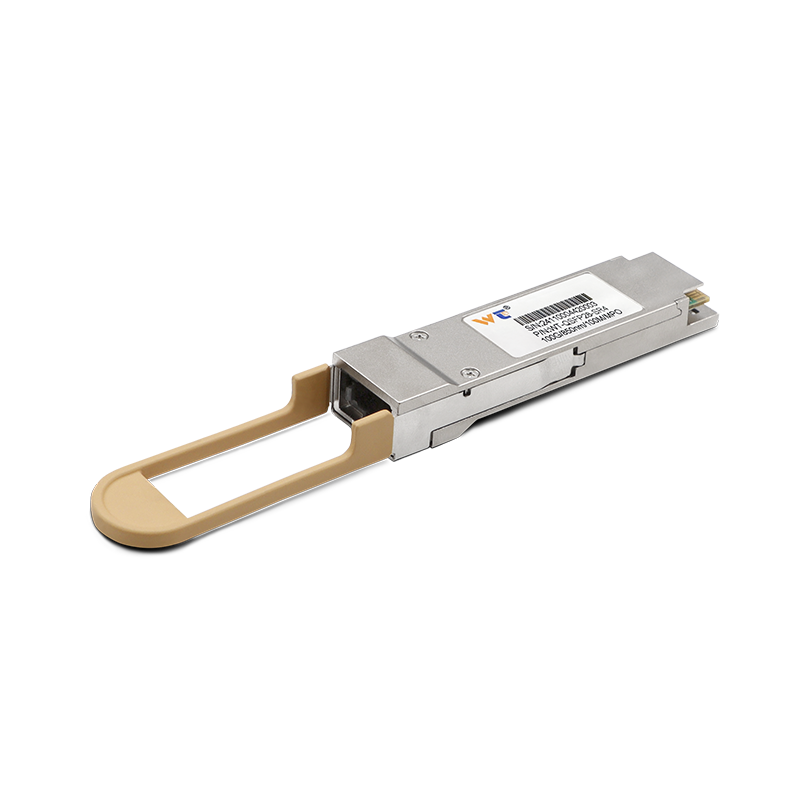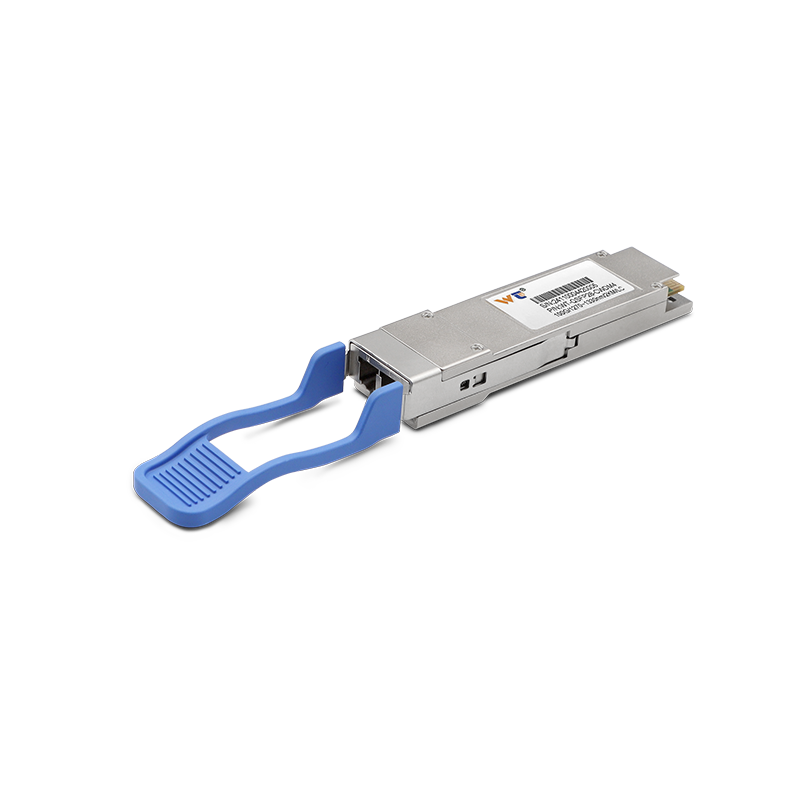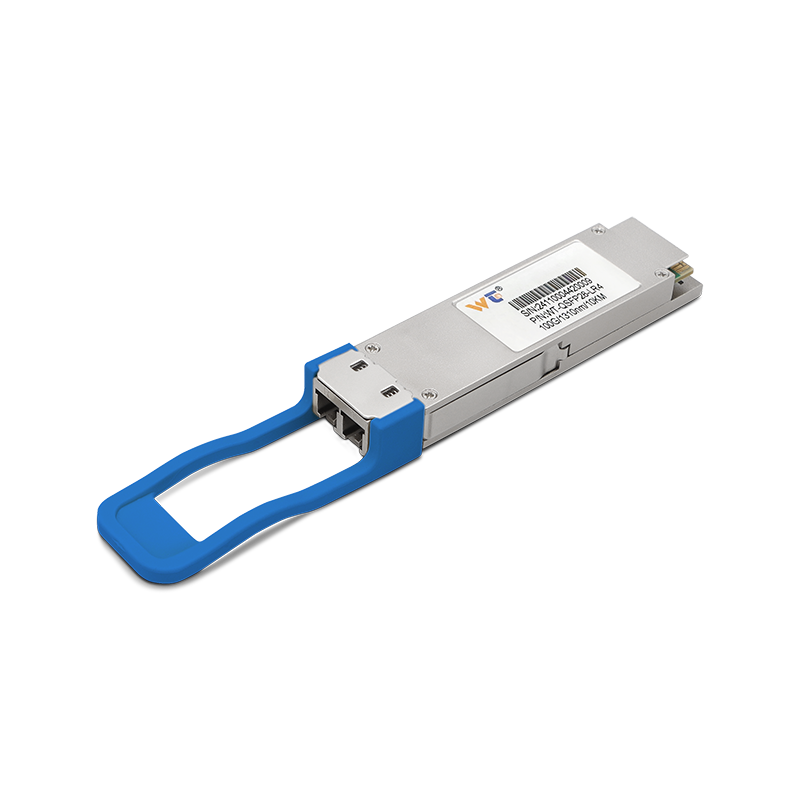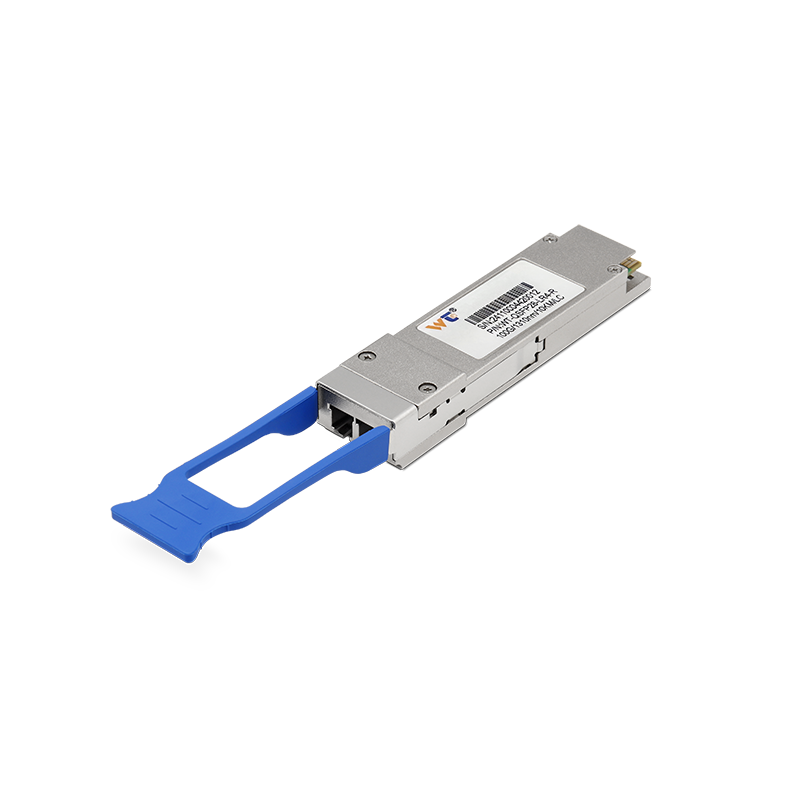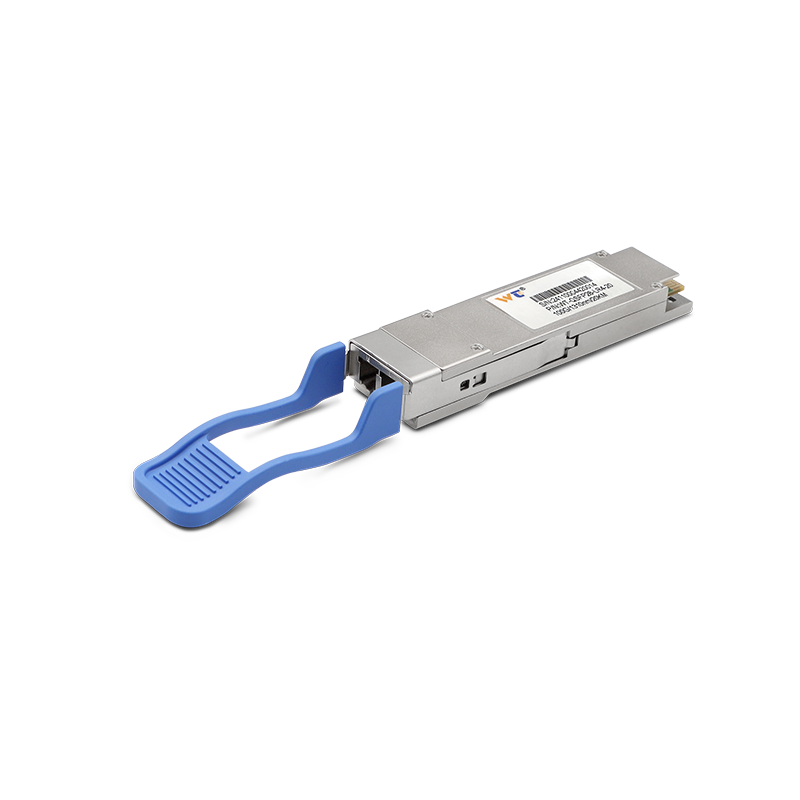In the rapidly evolving world of technology, the demand for 100G Optical Modules is set to soar by 2025. This increase is driven by the expansion of smart manufacturing systems, which rely on high-speed data transfer and robust communication channels to optimize processes. The integration of these optical modules facilitates a seamless flow of information, enabling real-time monitoring and predictive maintenance in intelligent factories.
The market for optical modules is witnessing a significant shift toward enhanced performance and versatility. These devices serve as the backbone of communication networks, especially in data centers and telecommunications. As industries embrace digital transformation, the need for faster, more efficient data transmission formats will undoubtedly surge. According to recent industry reports, the global market for optical modules is expected to exceed $25 billion by 2025, predominantly fueled by the demand in sectors such as manufacturing, healthcare, and enterprise solutions. With smart automation becoming an industry norm, the role of optical technology in enabling reliable connectivity cannot be overstated.
| Technology Attribute | Description |
|---|---|
| Bandwidth | Supports data rates up to 100 Gbps, which is crucial for handling large datasets in real-time. |
| Form Factor | Available in SFP28, QSFP28, and other configurations to fit various network requirements. |
| Distance | Capable of transmitting data over up to 100 kilometers with the right optical fiber. |
| Wavelength | Operates primarily at 850nm or 1310nm, optimized for short- and long-range applications. |
| Protocol Support | Compatible with multiple protocols such as Ethernet and Fibre Channel, ensuring broad applicability. |
Diving into the types of optical modules that are significant for smart manufacturing reveals crucial distinctions. Single-mode and multi-mode fibers represent the two primary categories. Single-mode modules are optimal for long-distance transmission, providing minimal signal loss over distances greater than 10 kilometers. In contrast, multi-mode modules excel in short-range applications, best for environments like data centers where high data throughput over distances up to 300 meters is essential. Beyond these categories, coherent optical modules are emerging as a powerful solution for high-capacity networks, using advanced signal processing to enhance data integrity and reduce errors.
Envisioning the landscape of optical modules by 2025, integrating these components into smart network architectures will revolutionize manufacturing practices. For instance, consider an automated factory leveraging a network of 100G optical modules to transmit real-time data from various production lines. This setup will not only enhance operational efficiency but also support predictive analytics, effectively minimizing downtime and resource wastage. Such advancements are crucial for maintaining competitive advantage in increasingly automated industries, where agility and responsiveness dictate success.
Our website offers an extensive range of optical module products, each subjected to rigorous quality testing. This robust validation process ensures that our modules perform exceptionally well across various application scenarios. Whether you require solutions for high-speed data transmission or reliable channels for long-distance communication, our 100G optical modules are designed to meet and exceed your expectations, empowering your smart manufacturing initiatives with unmatched performance and reliability.
As we conclude, the integration of 100G optical modules into smart manufacturing systems not only facilitates rapid data transfer but also enhances overall operational efficiency. With the projected boom in demand and advancements in optical technology, industries must prioritize the adoption of these innovative solutions. Embracing this technology will undoubtedly lead to smarter, more productive manufacturing environments, primed for the challenges of the future.

